Santa Barbara Birding: The Miracle of Migration
April Is a Special Month in the Birder’s Calendar
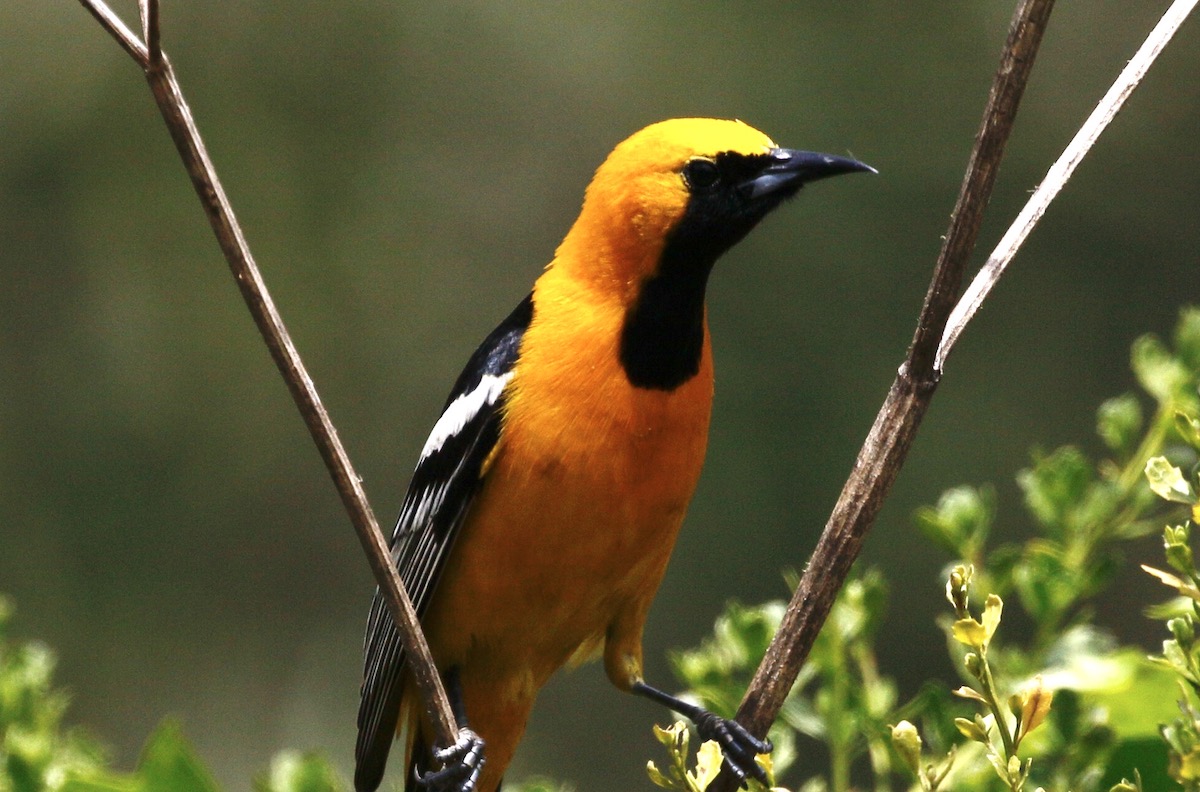
Warmer and longer days stir the sap to run through the creekside sycamores and cause leaves to unfurl. The blood in the birds is quickening, too, and the excitement of spring reveals itself in song and showy colors. The miracle of migration is now in full swing: One moment, the wintering white-crowned sparrows are singing their cheerful, breezy song, and then suddenly they have been supplanted by improbably brilliant hooded orioles.
Migration has always fascinated — and confused — humans, perhaps because of the suddenness of departures and arrivals. It has only been in the past hundred years or so that we have begun to understand the mechanisms of migration.
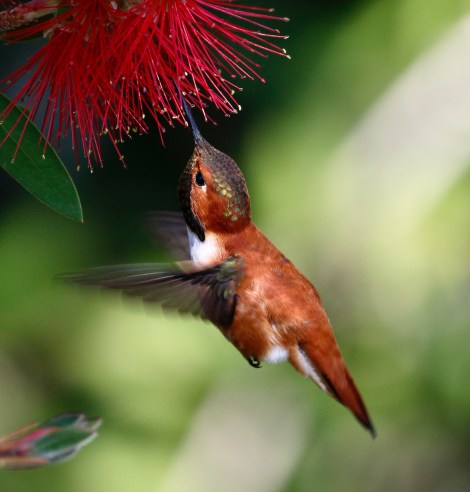
Theories have abounded throughout the centuries about birds’ movements. Aristotle thought that swallows and other summer visitors hibernated — that they flew into tree crevices to spend winter in dormancy. He also surmised that some species changed into others — in the autumn, European redstarts changed into European robins for the duration of the winter. Others theorized that swallows dived to the bottom of ponds to spend the winter hibernating in the mud. Perhaps one of the most outlandish ideas, but one that held currency for some time, was that birds flew to the moon. You can see how this idea perhaps came to be: On autumn nights, it is possible to see birds ghosting across the face of the moon.
Late March through late April is a special time in the birder’s calendar, for the birds arriving from Mexico and farther south are met by our winter visitors, the latter waiting for the right time to fly north. Some birds, such as the rufous hummingbird, will not stop for long, refueling for a day or two before continuing northward. Perhaps the showiest of all our summer residents is the male hooded oriole. If you have palm trees in your neighborhood, you probably have orioles because they favor constructing their hanging nests on the undersides of palm fronds. The females poke holes in the fronds and sew the nest with plant fibers.
The female hooded oriole is yellow and green and blends in well with her surroundings. It’s the male that is the showstopper. He is black above and on the throat, but his head and underparts are a brilliant yellow. Even with his bright colors, the male can be difficult to locate, for orioles are shy birds. Knowing the song — a scratchy chatter interspersed with sweeter notes — or especially the call notes, can help you home in on the bird. One typical call is a sweet upward inflected “wheep” that carries over long distances. It is often the first clue that hooded orioles have returned to your neighborhood.
Sign up for Indy Today to receive fresh news from Independent.com, in your inbox, every morning.
Many of our summer birds tend to congregate along creeks. Warbling vireos are already here and singing their lovely songs, while the unobtrusive Pacific-slope flycatcher marks his territory with a simple, repetitive song. Black-headed grosbeaks have robin-like warbles, while yellow warblers sing with sweet, clear notes.
Rubbing shoulders with these new arrivals are the birds readying themselves for departure. This is the only time of year when the hooded oriole’s chatter will mingle with the breezy whistles of the white-crowned sparrows. These sparrows sing throughout the winter, but it is only in spring when mornings are alive with their songs. As April stretches on, you notice there are fewer and fewer in song, until one morning, they have gone.
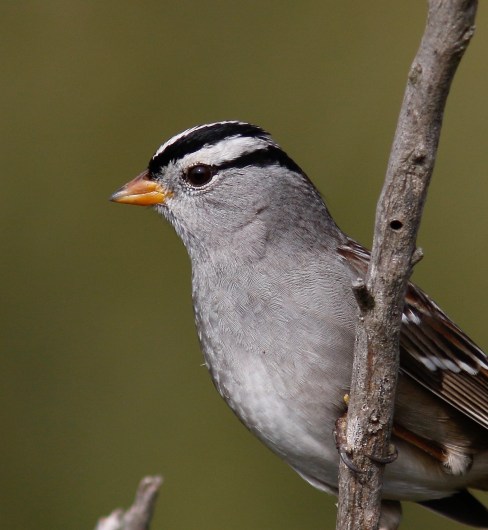
Night’s lurking dangers must surely hold terrors for roosting birds, but the urge to migrate overcomes these fears, and into the night they must fly. In recent years, the understanding of the mechanics of migration has become clearer. Birds use many clues in order to navigate the huge distances many of them traverse. They include the position of the sun, the patterns of the stars, the smells of familiar places, and the magnetic field of the earth. It’s this last mechanism that has generated some of the most fascinating research in recent years.
It appears that birds are able to “see” the earth’s magnetic field lines. It all has to do with quantum spin dynamics with radical pairs forming in the retinas of birds as they migrate — to understand how this works is beyond the scope of this article (and my understanding!). This mechanism allows birds to fly thousands of miles through the night to find the same tree that they nested in the previous summer. For juveniles, their first journey south is one fraught with danger, and indeed, only 30 percent survive to make it to their ancestral wintering grounds. For those that successfully complete the journey, however, the correct route is ingrained in their memory.
There is still much to be discovered about the mechanisms behind the migrations of birds. But for most of us, it’s enough to marvel at this extraordinary event that is as old as time. And, of course, that first dazzling hooded oriole of the spring.
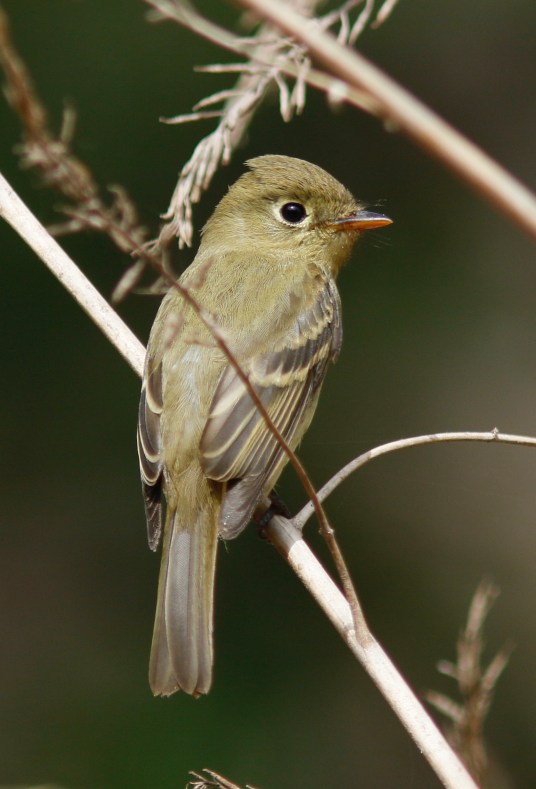
Support the Santa Barbara Independent through a long-term or a single contribution.


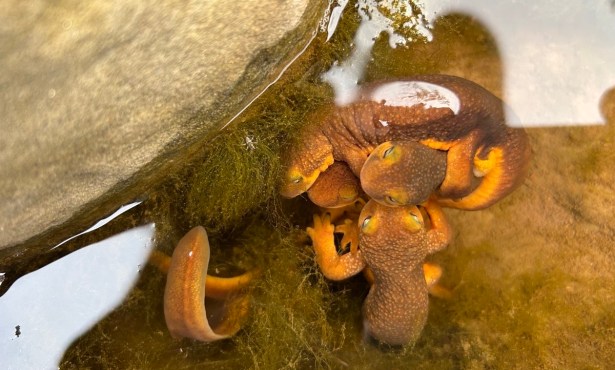
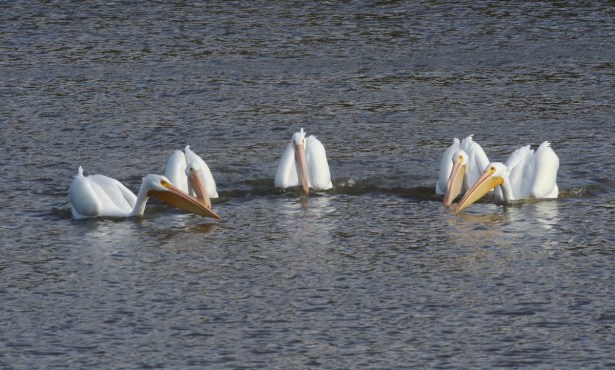
You must be logged in to post a comment.